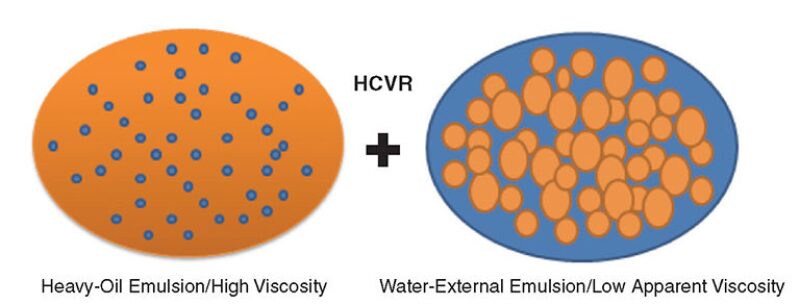Rigless coiled-tubing-unit (CTU) interventions can be effective in returning to production wells that have lost electrical-submersible-pump (ESP) efficiency because of organic, inorganic, or mixed scale deposits. Such operations extended the average ESP run life from 40 to 140 days and eliminated the need for workover (WO) rigs. A heavy-crude viscosity reducer (HCVR) is recommended as part of these treatments, to improve the cleanup process.
Introduction
Recent work with crude-oil viscosity reducers has shown that both inorganic and organic deposits can be removed by spotting/jetting with coiled tubing without the need of a WO rig. When a treating fluid containing the viscosity reducer is mixed with highly viscous crudes, it creates a water-external pseudoemulsion, which decreases the apparent viscosity of the crude by several orders of magnitude, removing more than 60% of the heavy crude from the surface of the scale and accelerating the dissolution of organic deposits.


